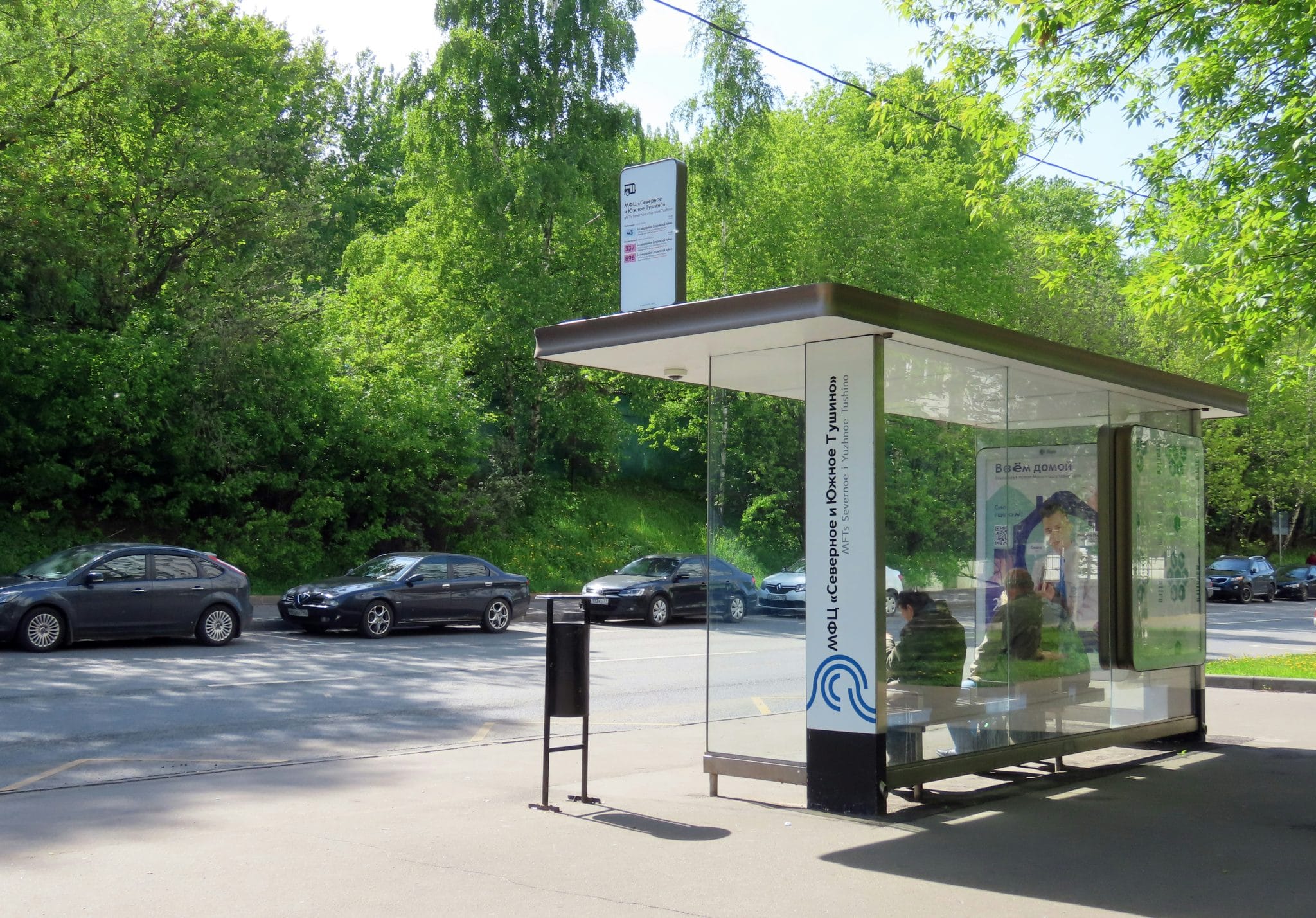Pop-Up Charging Stations Serve Remote Areas
In today’s fast-paced and technologically advanced world, the need for constant connectivity has become a necessity. From staying in touch with loved ones to conducting business transactions, our reliance on technology has increased exponentially. However, in many remote and rural areas, access to charging stations for electronic devices is a major challenge. This has led to the emergence of a new solution – pop-up charging stations. These temporary structures are now being used to bridge the gap in digital accessibility, especially in areas that lack electricity infrastructure. In this article, we will explore how pop-up charging stations are serving remote areas and the benefits they bring to these communities.
The Rise of Pop-Up Charging Stations
Pop-up charging stations, also known as mobile charging kiosks, are temporary structures that provide a charging facility for electronic devices. These stations are often set up in public places like parks, markets, and outdoor events. They consist of multiple charging points and are powered by a generator or solar panels. While they may not offer as many conveniences as traditional charging stations, they are becoming increasingly popular in remote areas.
The Need for Pop-Up Charging Stations in Remote Areas
In a world where smartphones and other electronic devices have become our lifeline, access to charging stations has become crucial. In remote and rural areas, where access to electricity is limited, this need becomes even more urgent. People living in these areas often have to travel long distances just to get their devices charged, which can be a major inconvenience. This is where pop-up charging stations come in. By providing a convenient and accessible charging solution, these stations are making a significant impact in bridging the digital divide.
Benefits of Pop-Up Charging Stations in Remote Areas
The introduction of pop-up charging stations in remote areas has numerous benefits for both the local community and the environment. Let’s take a look at some of them:
1. Improved Connectivity and Communication
The most obvious benefit of pop-up charging stations is improved connectivity and communication. With access to a charging point, people in remote areas can stay connected with their loved ones, access important information, and even conduct business transactions. This can have a significant impact on their quality of life and open up new opportunities for economic growth.
2. Affordable and Convenient
Unlike traditional charging stations, pop-up charging stations are much more affordable to set up and maintain. This makes them a feasible solution for places with limited resources. Moreover, as these stations are mobile, they can easily be moved to different locations as needed, providing a convenient solution for the community.
3. Environmentally Friendly
Many pop-up charging stations are powered by renewable energy sources like solar panels, making them an environmentally friendly choice. This not only reduces the carbon footprint but also promotes sustainability in remote areas.
4. Positive Impact on the Local Economy
By providing a charging facility, pop-up charging stations can also have a positive impact on the local economy. These stations often attract people from neighboring areas, which can increase foot traffic in local businesses. Moreover, these stations also provide opportunities for entrepreneurship and job creation in the community.
The Future of Pop-Up Charging Stations
The growing demand for pop-up charging stations in remote areas highlights the need for increased investment and innovation in this sector. In the future, we can expect to see more advanced and sustainable pop-up charging stations, with features like wireless charging, biodegradable materials, and smart energy management systems. With the rapid advancement of technology, pop-up charging stations will undoubtedly play a major role in bridging the digital and economic divide in remote areas.
In Conclusion
Pop-up charging stations are making a significant impact in serving remote areas and bringing connectivity to these communities. With their affordability, convenience, and positive impact on the environment and local economy, these stations are becoming an essential part of the infrastructure in remote areas. As technology continues to evolve, we can expect to see more innovative and sustainable solutions in the form of pop-up charging stations.











